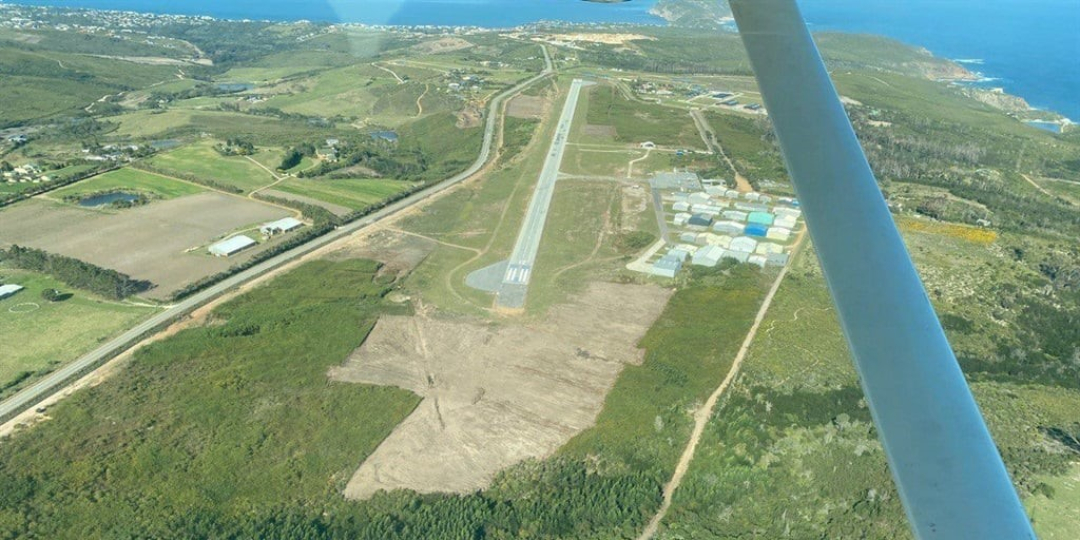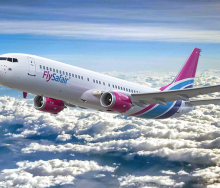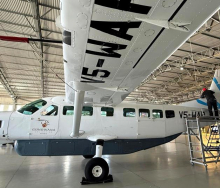Garden Route AERO (GRA) has ambitious plans for Plettenberg Bay Airport to achieve a Category 6 airport licence, which would allow it to accept flights operated by larger aircraft, such as the B737-300, A318 and A319.
But for Miles van der Molen, CEO of CemAir – the only airline that has operated commercial flights to the airport for many years – the airport has yet to address basic repairs that could reinstate its original Category 4 licence, which would enable domestic airlines like CemAir to conduct commercial operations at the airport.
Van der Molen said the airline had yet to hear any updates about repairs to Plettenberg Bay Airport’s infrastructure, after the abrupt July 31 closure of the facility when the CAA suspended its licence, as reported in Travel News.
“We really don't know what timelines look like on anything. Our decision to go back (to Plettenberg Bay Airport) will be based on how long it takes to restore the (Category 4) licence. If it's restored in short order, then it'd be worth going back.”
He said last week that he had had no communication about progress or when the airport would receive its airport licence.
According to a statement made by GRA spokesperson, Deidre Davids, on September 9, Bitou Municipality and GRA reached an agreement on the way forward for Plettenberg Bay Airport, allowing GRA to assume full responsibility for all decision-making for the airport and to have the airport licence issued in its name.
The statement said the CAA had issued a Category 2 licence to GRA for the airport, enabling private and non-scheduled commercial aviation operations to resume.
In July the CAA said it would issue the new Category 4 licence to GRA only once historic issues and maintenance backlogs on the runway had been addressed. The restoration of the Category 4 licence would allow scheduled operations for aircraft like CemAir’s Dash-8-100s and similar.
“We have seen the RSA.Aero plans. There's lots of talking and they've been talking for a long time, but the last we heard, nobody had actually gone to assess the runway condition and what is required to fix it. So, we seem to be quite far from implementation,” said Van der Molen.
GRA says it is now able to fast-track and prioritise the long-overdue maintenance issues at Plettenberg Bay Airport, with the runway being the top priority. It has appointed engineers to assess the scope of the repairs, and thereafter, the timeline, procurement needs and construction plan will be developed.
“Our aim is to start runway repairs as quickly as possible, applying a comprehensive solution that guarantees its durability and performance for at least the next five years. This approach will minimise the need for additional repairs in the short term,” said Davids.
In terms of GRA’s plan to receive a Category 6 licence for the airport, Van der Molen explained that it could be difficult due to the region’s geographic landscape.
“We know the airport obviously very well, and there's some geographical limitations that would have to be overcome.”
He said to extend the runway to accommodate aircraft of the size specified in Category 6, would require “incredibly expensive” processes and constructions, which, for the size of the market served by Plett Airport, might not be justified.
“The ground drops away on one side quite sharply, for example, and to build that up would be a very, very significant undertaking.”
He said CemAir would prefer to see more plans, updates and focus on improving the airport to any level that would allow operations to resume.
















